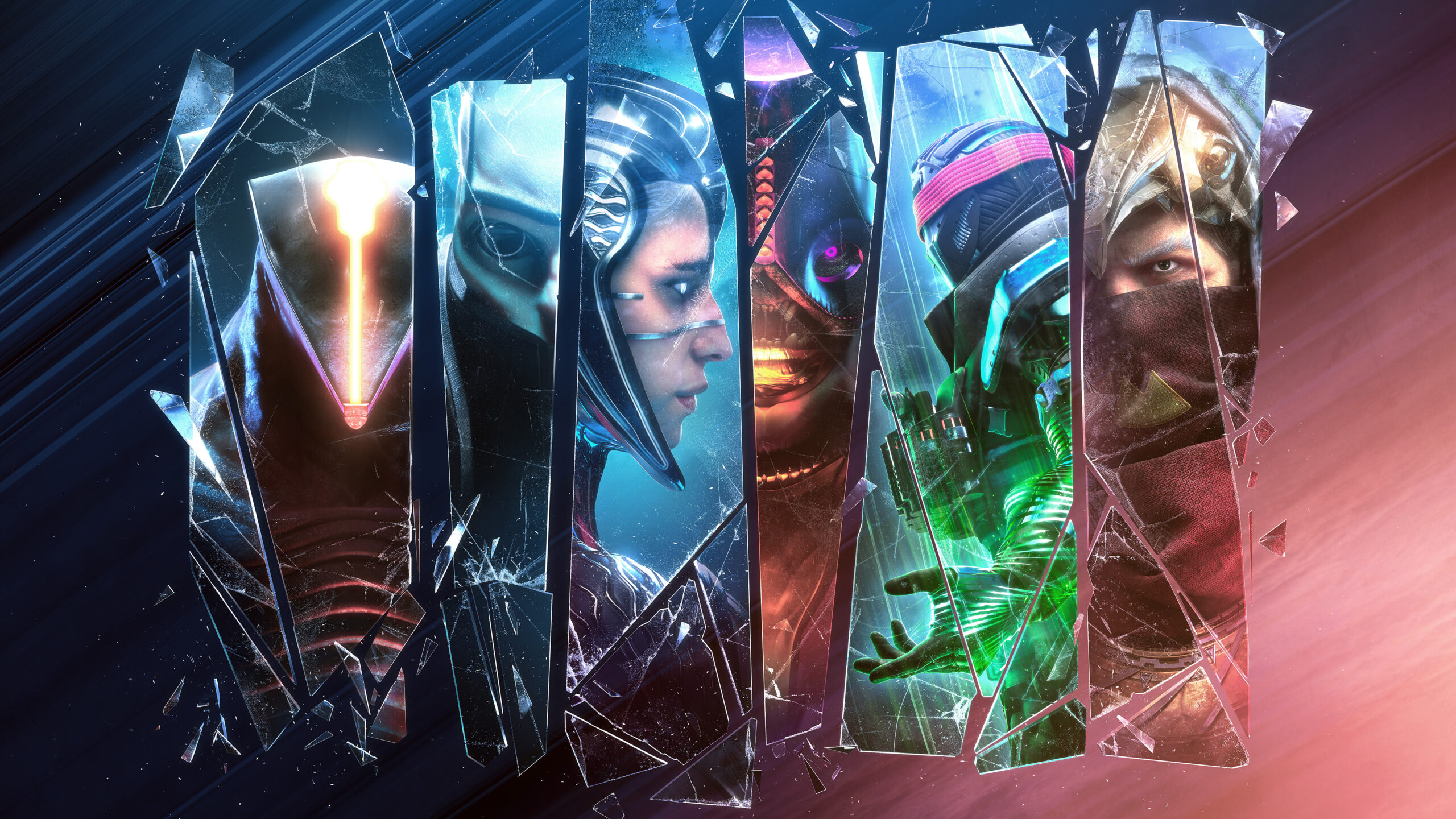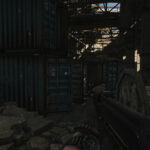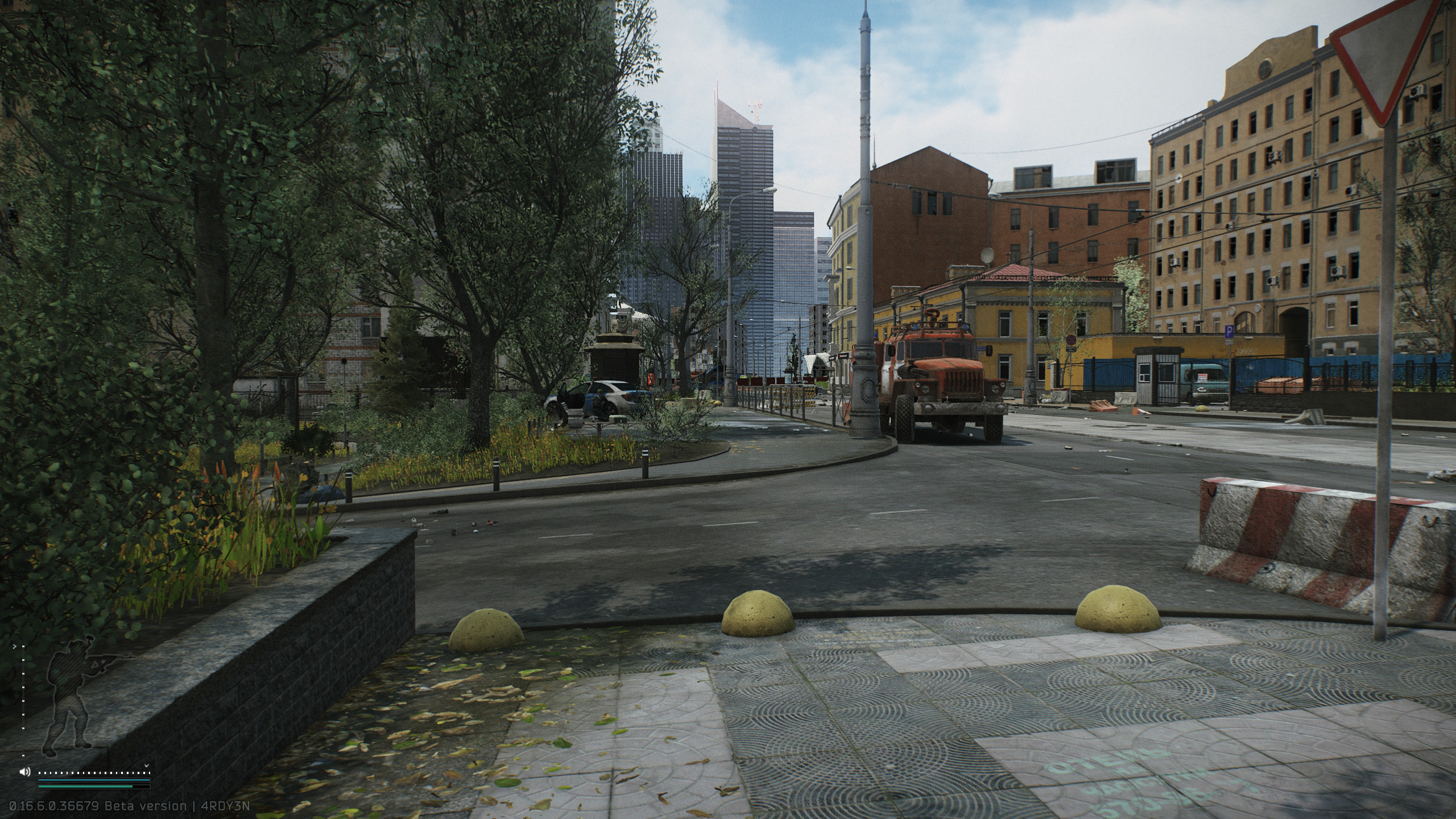Keycards and keys in Escape from Tarkov unlock some of the game’s most lucrative areas—high-tier loot rooms, hidden stashes, and exclusive quest locations. However, not all keys are created equal: some fetch high prices on the Flea Market, while others grant access to game-changing loot. Managing your key collection effectively involves knowing which to hold, which to use sparingly, and which to sell for profit.
This guide categorizes essential keys and keycards by rarity, value, and quest relevance, offering clear recommendations on how to handle each. By optimizing your key inventory, you’ll maximize raid earnings, streamline quest progression, and avoid carrying low-value keys that occupy precious inventory slots.
1. Overview of Keys versus Keycards
In Tarkov, standard keys open locked doors, safes, or containers, whereas keycards provide access to specialized locked zones—often bypassing multiple doors with a single scan. Keys are tied to specific rooms: for example, the Factory Exit Key opens the Bunker Door on Customs, while the Marked Key grants entry to marked rooms across multiple maps. Keycards are rarer and typically found in late-game scav backpacks or pocket loot; examples include the Labs Keycard (Red, Blue, or Yellow) or the Black Cardinal keycard that opens the hidden Clubhouse Lobby.

Due to their higher rarity and demand for high-value loot areas—like the Labs mid-raid shopping centers—keycards generally command steep Flea Market prices. Understanding these distinctions helps you determine which to preserve for future raids and which to offload when inventory space is limited.
2. High-Value Keys to Keep for Loot Runs
Certain keys consistently deliver exceptional loot returns, making them essential keeps even if you do not immediately plan to use them. These include:
- Mark Key (0.12 Implementation): Unlocks marked rooms and cabinets on Customs and Shoreline. These rooms often contain Graphics Cards, Keycards, and Weapons, making a single key worth millions of rubles in potential loot. Keep multiples for simultaneous raids or quick resell.
- Car Key (Cabinet Key, Vehicle Key): Grants access to car trunks on Shoreline and Woods—often filled with cash, keys, and medical items. Car Key stands out as a high-turnover asset, with an average loot value of 2–3 million ₽ per use.
- Phase-4 Labs Keycards (Red, Yellow, Blue): Necessary for accessing keycard-protected rooms in the Laboratory. Yellow provides the most valuable access (server rooms and multi-slot cases), followed by Blue (rare barter loot) and Red (moderately priced electronics). Retain at least one set of each color for solo Labs runs.
- RB-F Key (Red Rebel Fuel Key): Opens a small locked room near the Gas Station on Customs containing rare weapon crates and barter items. A single RB-F is often more profitable than an entire early-mid wipe raid.
- West Wing Room 110 Key (WW, Door Number 128): Provides direct entry to the coveted Room 110 on Shoreline, where high-tier weapons and medical supplies spawn consistently. Holding onto this key can be game-changing for mid-wipe profit runs.
These keys should occupy your highest-priority key slots. Even if you do not have immediate plans for these areas, retaining them allows flexible raid strategies: you can pivot to a key-based loot run if your original plan falters. Their high Flea Market demand ensures you can rapidly liquidate them for capital if needed, making them low-risk, high-reward inventory items.
3. Mid-Value Keys: Use or Sell Based on Quests and Economy
Mid-tier keys offer decent loot but fluctuate in value depending on wipe stage and market demand. Examples include:
- East Wing Room 222 Key (EL-13 Key): Unlocks Podborshchik’s office on Factory. Loot includes high-tier weapon parts and occasional Secure Cases. In early wipes, use it to gear up; mid- to late-wipe, consider selling unless you need specific weapon components.
- Bronya Room Key (1.2 Implementation): Access to a safe room near the Underground Spawn on Reserve. Contains weapon crates and military crates. Keep if targeting Reserve for raids; otherwise, a 200–300K ₽ sale generates quick funds.
- Medical Supply Key (“Red Key” for Chemistry Lab): Found in certain Labs Scav runs. Controls access to Room 204 on Labs, holding valuable medical crates. Retain if you intend multiple Labs trips; sell if you need immediate rubles for gear investments.
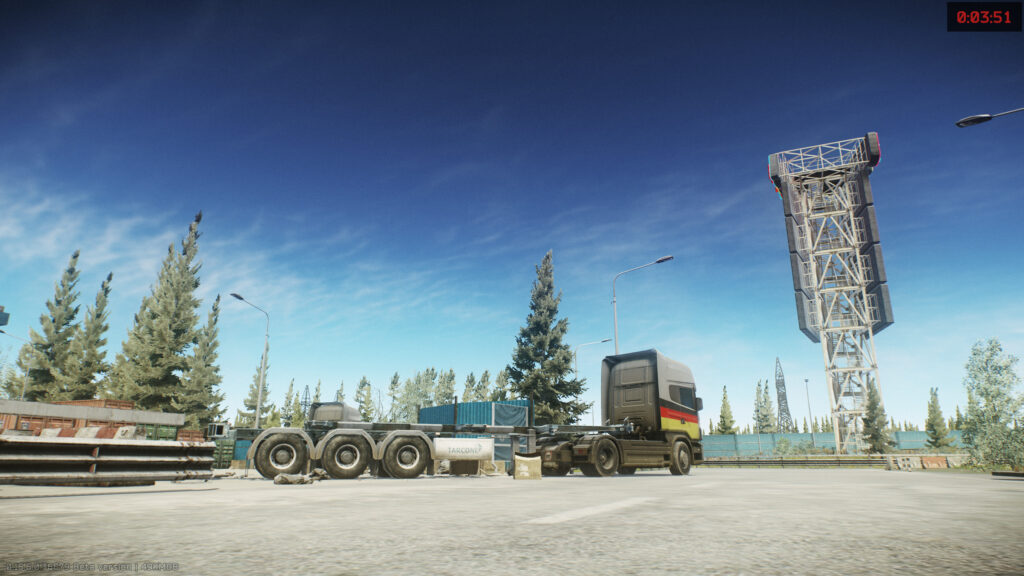
- Hospital Key (Unset Key): Opens Room 305 on Shoreline’s Resort. Loot includes high-tier medical items and Secure Cases. Use it only if planning specific Shoreline runs—otherwise, offload when strapped for space.
- Utility Room Key (Kostya’s Key): Unlocks small tool boxes in the Dorms on Customs. Contains tools, low-tier weapon parts, and occasionally a Bitcoin. Useful for early quest items, but once quests are complete, consider selling or exchanging.
For mid-value keys, consider your current wipe stage and raid plans. Early wipe, prioritize using these keys to build resource caches. Mid-wipe, sell surplus units to accumulate capital for high-demand ammo and gear. Keep at least one copy if you plan a specialized map run in the near term.
4. Low-Value Keys: When to Drop or Sell
Some keys unlock minor loot rooms and are rarely worth the inventory space. Consider selling or dropping these:
- Locker Keys (e.g., 204, 206, 207 Dorms Keys): These open small wardrobes in Customs dorms, yielding mostly low-tier clothing, worn weapons, and common meds. Unless you need specific clothing for barter quests early, offload these keys once stripped of quest requirements.
- Mailbox Key (Junk Key “Undefined”): Opens IMC Mailroom Portable Box on Shoreline. Spawns low-value items such as single-use food and low-tier barter materials. Selling on Flea Market yields minimal return—drop if space is needed.
- Stash Key (SH-81, Aka Old MMH Key): Grants minor stash space in Woods Logistics Warehouse, but the loot is inconsistent and low-value. Rarely worth the slot; sell unless completing a specific hideout or quest objective.
- Factory Exit Key (Customs Bunker Key): Opens the Gate 3 bunker on Factory. Valuable early for quick extractions, but once Factory becomes contested, sell or store it in a less accessible spot. Its value can fluctuate, so sell during peak demand for maximum rubles.
Low-value keys clutter your inventory and reduce flexibility. As a rule, if a key consistently yields under 500,000 ₽ worth of loot per raid, consider selling or discarding it. Freeing slots for high-value gear or additional secure containers improves your raid efficiency far more than holding onto rarely used keys.
5. Quest-Related Keycards: Strategic Uses and Resale Value
Some keycards are essential for quest chains but become obsolete afterward. Assess their long-term value before discarding:
- Shoe Shiner Keycard (“Green Card”): Grants access to the Shoe Shiner’s lab on Interchange. Used for Therapist’s “Chemical – Part 3” and Skier’s “Obtainment of Prized Goods.” After quests, the card’s value drops. Sell once all relevant quests are completed.
- Black Cardinal Keycard: Opens the hidden room in the Church on Woods. Required for Woods PMCs tasks. After finishing the quest, it retains moderate Flea Market value (2–3 million ₽) and can be sold for substantial profit.
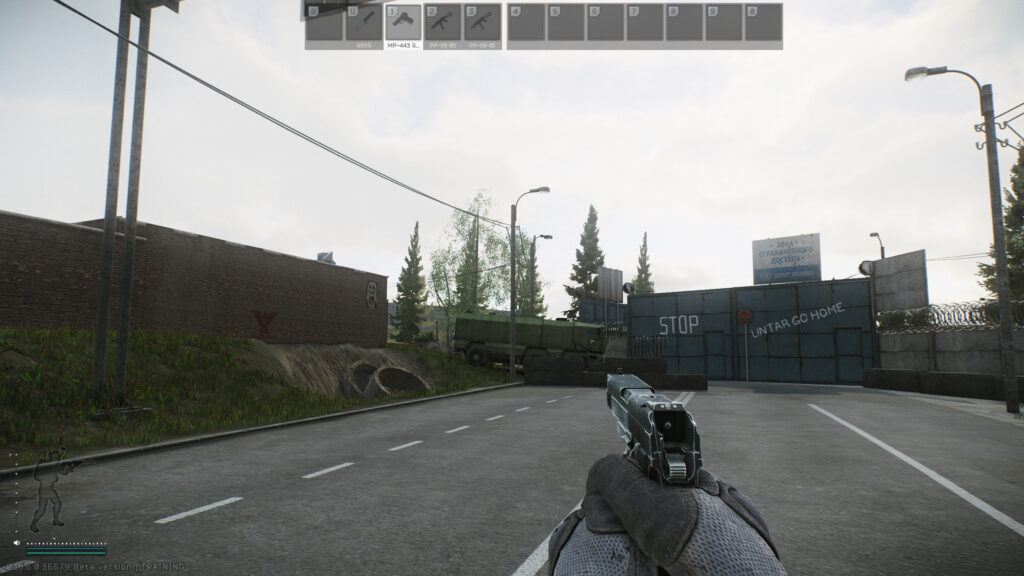
- Department Store Clopp Keycard: Used to access a weapons locker on Interchange. Key for Shaking Up the Customs quests. Post-quest, it sells for around 1–1.5 million ₽—worth offloading unless planning repeated runs to farm weapons.
- Gas Station Keycard (“Our Storm” Keycard): Unlocks Rooms 214–216 on Customs, containing rare weapon crates. Once quest “Our Storm” is complete, maintain at least one copy if you want to plan further Customs runs; otherwise, sell at peak demand.
Keycards often rise and fall in value based on quest popularity and wipe stage. Monitor quest release cycles: if a new task suddenly requires a previously unpopular key, its market price can spike. Buy low and sell high when demand surges, ensuring you never hold more than two unless actively using them for quests or loot runs.
6. Efficient Key Management and Storage Strategies
Managing dozens of keys requires organizational best practices. Keep these tips in mind:
- Label and Sort in Secure Container: Use your secure container’s grid to group keys by map or tier. For example, keep all Customs-related keys in the top row, Shoreline keys in the middle. This reduces time fumbling for the right one mid-raid.
- Maintain a Keyring Checklist: In your offline hideout, create a text or mental note of which keys you currently possess and their status (quest-use, sell, or stash). Update this after every raid, preventing duplicates that waste slots.
- Cycle Low-Value Keys to Stash Bags: Place rarely used or low-value keys into an encrypted container stored in a stash bag. This frees immediate inventory space while retaining the option to retrieve them later if needed.
- Monitor Flea Market Prices: Set alerts or check external price trackers daily. When key prices rise past a threshold (e.g., 10–20% above average), list them in tiered pricing (aggressive buyout at –5%, mid-tier at market average, high-tier at +10%). Delist periodically to adjust to market swings.
- Coordinate with Group Runs: If running with friends or clans, assign someone to focus on collecting specific keys for group loot runs. This prevents redundant pickups and ensures multiple keycard runs can happen simultaneously, maximizing team profits.
- Prioritize Key Condition: Only keep one or two of each key; additional copies should go to sale. Keys that are not marked as “important” in your checklist should be sold at the next profitable window rather than hoarded indefinitely.
By maintaining this level of organization, you avoid missing critical keys during raids and eliminate the frustration of losing valuable inventory space. A systematic approach also reduces panic selling or accidental destruction of high-value keys, preserving your raid profitability.
7. Tips for Efficient Key Use in Raids
Acquiring the right keys is half the battle; using them effectively during raids is equally important. Keep these strategies in mind:
- Early Raid Planning: Before spawning, review your key slots and ensure the needed key for your intended loot run is equipped. Running a Labs key paired with a Factory Exit key wastes slots if your target is on Reserve; always align keys with your planned map and objectives.
- Key Duplication Avoidance: If you have two copies of a high-value key, store one in a stash bag before the raid—just in case you lose the active copy. This “backup key” approach can save you millions in potential earnings if you die with the active one.
- Path Optimization: Memorize shortest routes between map spawn, key-protected rooms, and extraction points. This reduces exposure time, increasing the chance of retrieving key-specific loot before PMCs or high-level AI contest the area.
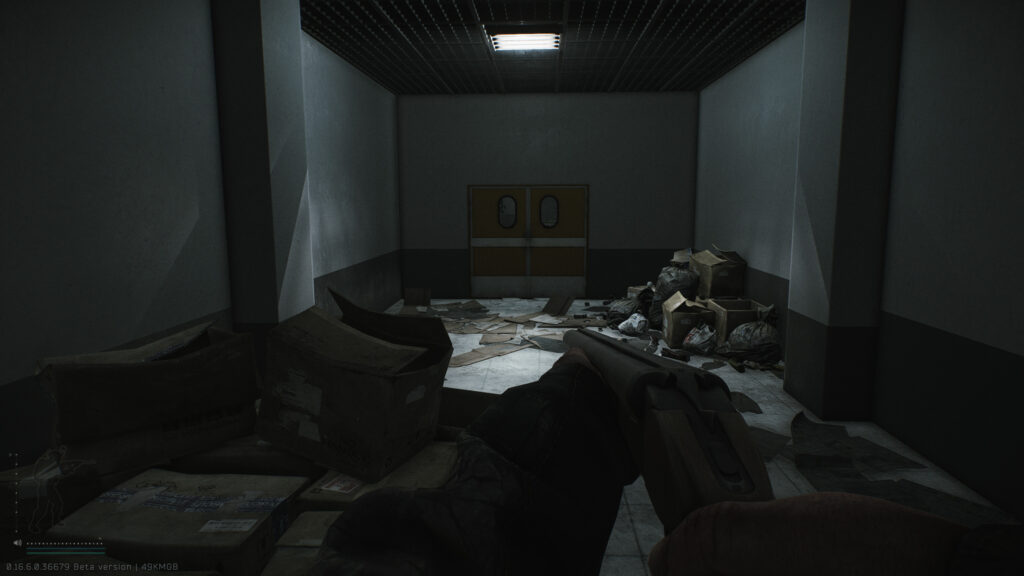
- Noise Management: Keycard-scanning beeps can alert nearby enemies. After scanning, immediately reposition or move a few steps to avoid being tracked. In Labs, keycards often trigger audible cues; combine scans with smoke grenades to mask your position if you suspect an onlooker.
- Quieter Keys First: When carrying multiple keys, use quieter keys (no scanning noise) first—like the West Wing Room 220 key on Shoreline—then follow with keycards that generate a beep. This delays the moment you broadcast your presence, giving you an edge in contested areas.
- Post-Use Recovery: After looting, if you find additional keys in the same room, immediately stash lower-priority ones to prevent exiting with unnecessary weight. For example, if you enter a marked room with a Birdeye key and find a Facility keycard, stash the Birdeye key if you don’t need it this raid.
8. Conclusion
Keys and keycards in Escape from Tarkov are among the most strategic items in the game—unlocking high-value loot and accelerating quest progression. By categorizing keys based on their loot potential, quest relevance, and Flea Market value, you can optimize what to keep, sell, or use during each raid. Prioritize high-value keys like Mark, Car, and Labs keycards, and use mid-tier keys judiciously based on your current objectives.
Discard or sell low-value keys that clutter your inventory and provide minimal returns. Combine these practices with efficient key management—organized storage, periodic market monitoring, and backup copies—to maximize profits and minimize losses. With this guide’s strategies, you’ll turn keys into a reliable source of income and raid success, ensuring that every slot in your inventory contributes to your survival and prosperity in Tarkov.
